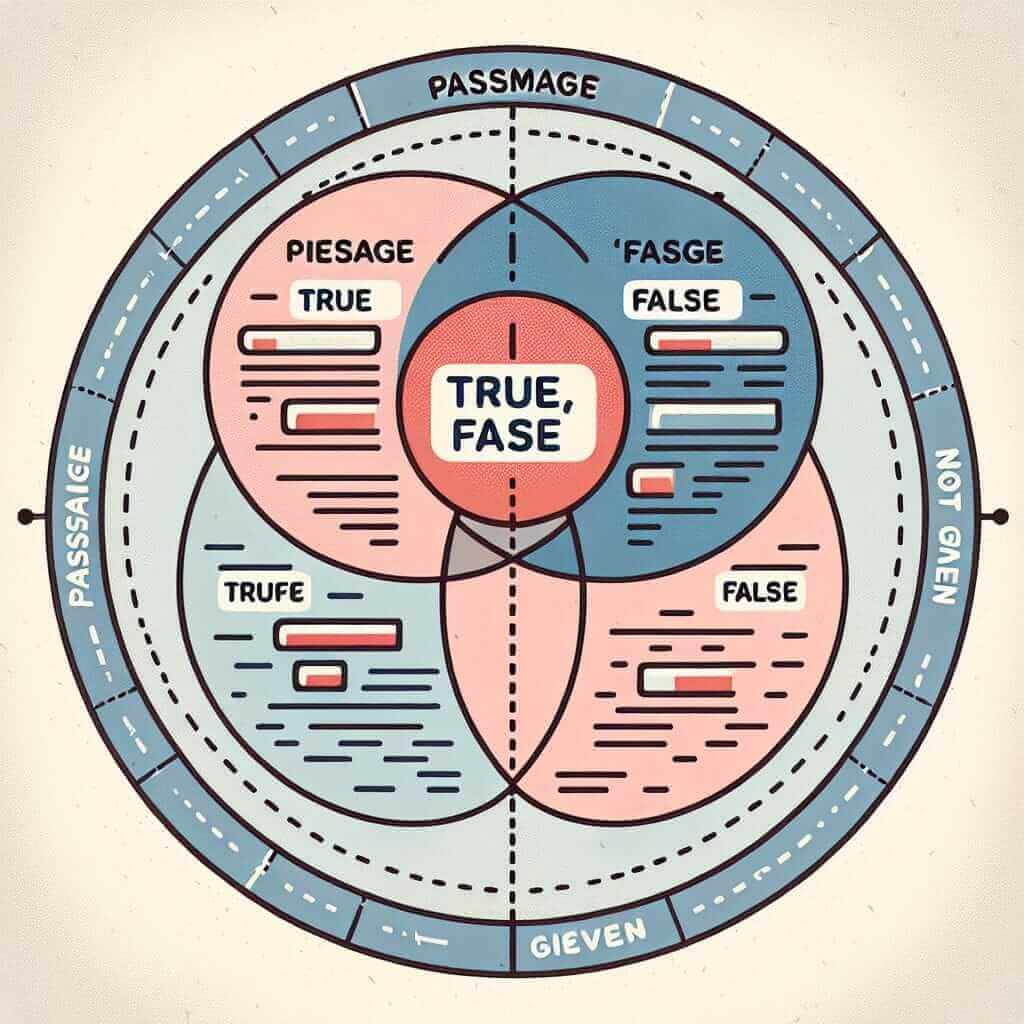As an IELTS instructor with over 20 years of experience, I often encounter students who find True/False/Not Given questions in the IELTS Reading section particularly challenging. These questions assess your ability to comprehend factual information presented in a passage and determine if it aligns with statements provided. The challenge lies in distinguishing between information that is “not given” and information that contradicts the passage. This article delves into the essence of “Why IELTS 8 Reading Test 3 True” and equips you with strategies to tackle these questions effectively.
Deciphering “Why IELTS 8 Reading Test 3 True”
The phrase “Why IELTS 8 Reading Test 3 True” likely stems from students seeking explanations for “True” answers in the IELTS 8 Reading Test 3, particularly the True/False/Not Given section. These questions often revolve around specific details or facts mentioned in the passage. To answer them accurately, you need to understand:
1. The Importance of Careful Reading:
- Keywords: Identify keywords in both the question and the passage that convey the essential meaning.
- Paraphrasing: Be prepared for the passage to rephrase information using synonyms or different sentence structures.
2. Identifying the “Why” Behind “True”:
- Evidence: Locate the specific section in the passage that supports the statement marked as “True.”
- Matching Information: Ensure the information in the statement directly corresponds with the passage’s meaning. Do not rely on assumptions or prior knowledge.

Mastering True/False/Not Given Questions
Here’s a breakdown of how to approach True/False/Not Given questions:
1. Understand the Difference:
- True: The statement agrees with the information presented in the passage.
- False: The statement contradicts the information in the passage.
- Not Given: The passage does not provide information to confirm or deny the statement.
2. Analyze the Statements:
- Carefully read each statement and identify keywords.
- Think about synonyms or paraphrases that might appear in the passage.
3. Scan the Passage:
- Use your keywords to locate relevant information in the passage.
- Pay close attention to the context surrounding the keywords.
4. Match Information:
- Once you find potentially related information, compare it meticulously with the statement.
- Look for direct evidence to support or refute the statement.
5. Beware of Tricks:
- Don’t be misled by statements that seem logically true but are not supported by the passage.
- Watch out for distractors – words that appear similar but have different meanings.
Example from IELTS Reading:
Passage Excerpt:
“The use of renewable energy sources, such as solar and wind power, has significantly increased in recent years.”
Statement: The popularity of solar and wind power has declined due to their high costs.
Answer: False. The passage states that the use of renewable energy sources has increased. It does not mention anything about a decline due to high costs.
Tips for Success:
- Practice Regularly: Familiarize yourself with the question format and practice with sample tests.
- Time Management: Allocate your time wisely during the reading section.
- Don’t Overthink: If you can’t find information to confirm or deny a statement within a reasonable time, mark it as “Not Given” and move on.
- Develop Vocabulary: A strong vocabulary will help you understand the passage and identify synonyms or paraphrases.
Conclusion
True/False/Not Given questions require careful reading, analysis, and attention to detail. By understanding the question format, practicing regularly, and employing the strategies outlined in this article, you can confidently approach this challenging aspect of the IELTS Reading section and achieve your desired score.